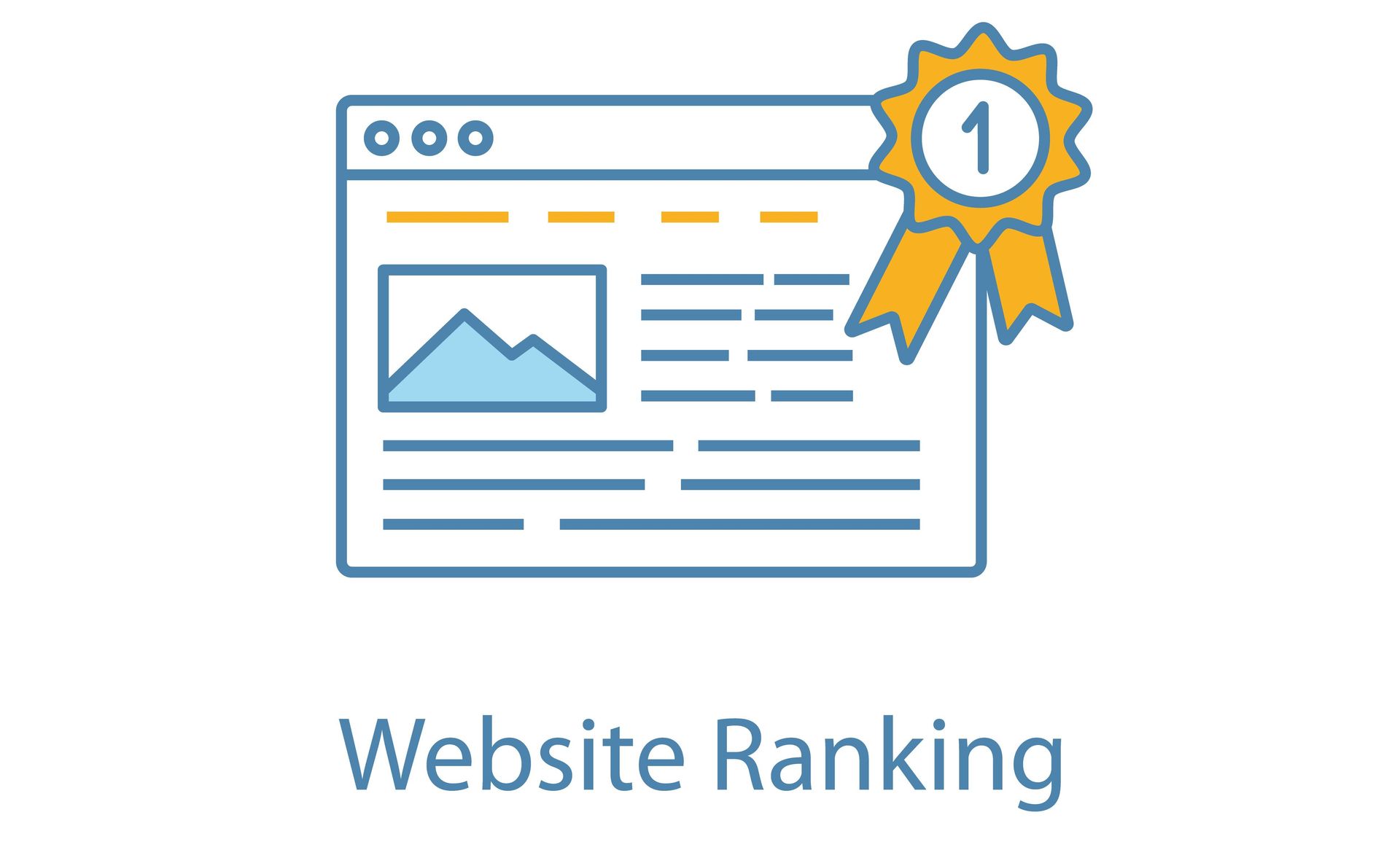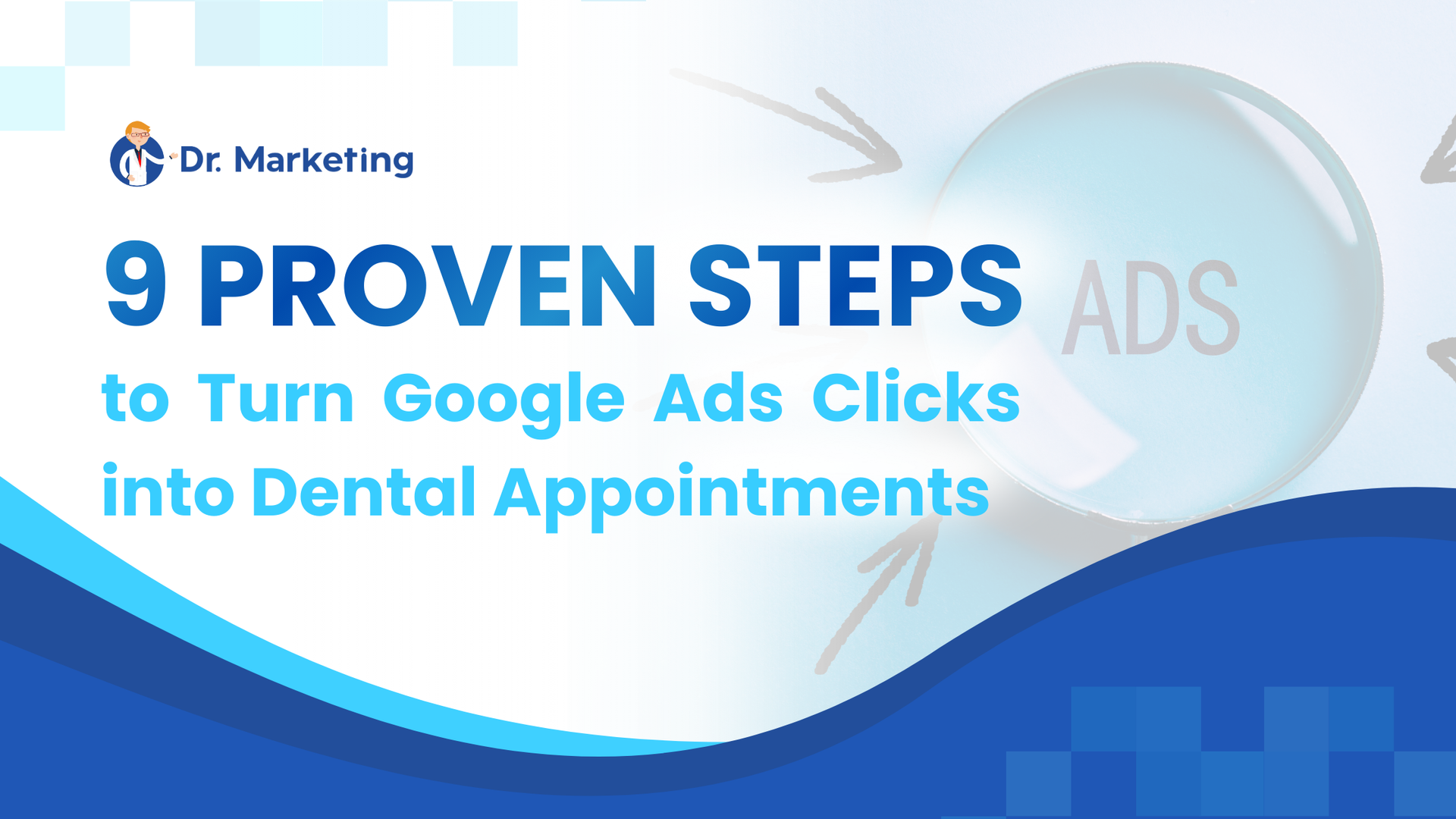6 Steps to Creating an SEO Strategy & Tips for Growing Website Traffic Organically
Your websites growth and business growth go hand in hand. If you want to get more clients in your door, you need to get more clicks, views, and impressions on your website. Just by opening this article, you already realized that your website needs an SEO strategy to succeed. We implemented several of the SEO strategies, mentioned below, in this article, including keywords like 'SEO Strategy' to help bring online searchers to this post. SEO relies on several different components – including tags, keywords, descriptions, links, and more. In this post, we'll cover 6 Steps to Creating an SEO Strategy and some Tips for Growing Your Website Traffic Organically.
Included below is also a free downloadable SEO strategy worksheet.
What is SEO?
SEO stands for search engine optimization. It refers to
how high your website ranks on search engines when a user enters a
particular word or phrase into the search bar.
Learn more about SEO in our blog post on 7 SEO Tips for Business Owners, Professional Practices, and Entrepreneurs
How to Create an SEO Strategy
It's important to create a plan before starting any sort of SEO. The more you know beforehand, the better it will be implemented and thus, provide a better result. There are four different aspects of SEO:
- technical:
How well your content can be read and tagged by search engines
- content: Having
the most relevant answers to a searchers questions
- on-site:
Having all content, titles, and pages of your website optimized for your target
keywords
- off-site:
Having a large number of reputable websites link back to your website
Together, these four aspects of SEO can help increase your pages visibility and traffic. To create an effective SEO strategy, you will need to have access to the back end of your website so you can edit and input new content, titles, and pages that are connected to your relevant tags.
Step 1: Evaluate Your Current Standing
Chances are your website has been up and running for a while, but it’s not getting the traffic you want, or it's not providing a high turnover for new clients. Starting at the Home page, look through each page and read each piece of content. Your website should have a consistent flow that brings a user to the answer for their question (within 2 clicks). If your website is taking too long to answer these questions, you will likely have a high bounce rate - and your website will start to be downgraded on Google and other search engines. Search engines want to find online searchers the right information right away. When the search engine crawlers see that a user is quickly bouncing back from your website, it indicates that there is unnecessary, or wrong information, on your page – taking away all credibility.
Ask Yourself: Do I even have any SEO Strategies implemented on my website? What is my bounce rate? Can I find the answer to common questions within 2 clicks?
If your answer is no to any of these, proceed to Step 2.
Step 2: Find Your Topics
Now, we are going to begin creating your new SEO Strategy. The first thing you need to do is to create your ideal client. Decide on their:
- Age
- Education
- Job
- Annual income
- Likes
- Hobbies
- Family life
- Location
Once you've created your ideal client, you can then do a bit of role play. Have them come to you for services. Put yourself in your ideal clients' shoes, and think about the topics that you may discuss and any questions they may have. From this, you should be able to decide on common topics. If you're a dentist, those common questions may include topics around: Pediatric Dentistry, Emergency Dental Care, & Insurance Policy, just to name a few. Compile your common topics into a list and don’t forget about your ideal client!
Ask Yourself: What are the main issues my target audience faces? What questions do they have?
Step 3: Find Your Keywords
From your list of common topics in Step 2, you are now going to go through and find about 10 keywords for each topic. For example, for our topic of Pediatric Dentistry, some of our keywords would be:
- Pediatric Dentistry near me
- Pediatric Dentistry for
children with Autism
- Pediatric Dentistry in "city"
- Pediatric Dentistry
- Pediatric Dentist
- When to take my child to the dentist
- Children’s Dentist
- Kids Dentist
- Children’s Dentist Near Me
- Kids Dentist No Insurance
Your list can get very long, but a good place to stop is 10. You may or may not even use all 10 keywords if they don’t organically fit onto your website’s pages. The easiest way to find your keywords is simply by searching. A great free tool is Keyword Tool.io.
Ask Yourself: What are the 10 best keywords associated with each topic & with each service you offer?
Step 4: Build Your Pages
Now that you’ve got your topics and keywords selected, all that’s left is to build your website's pages.
Each topic you created will be its own page, unless it has a topic that is directly related to it - you can then merge the topics into one page. Don’t forget that less is more.
Now, remember those keywords we listed, you want to use them organically in your content. Be sure to also include your location in the content and keywords of your website. Your content should be created with the user in mind, not the search engine.
Ask Yourself: Is this relevant information that is going to help solve the problem that I have defined?
Step 5: Create a Reputation Building Plan
Google and online reviews are crucial in the modern world - They can essentially make or break your business. To keep your business ahead, it’s important to take control of your online reputation. If you haven’t already, register your business for the free online review platforms/directories.
Check out this post for the FULL List of Free Online Directories
Once you’ve registered and updated all accurate information, start to ask your clients to leave you a review. Search engines consider reviews when boosting websites to the top of the search query. Basically, think of a review as someone saying to Google “Yes, this website is legit, and this business does what they say”.
Ask Yourself: When was the last time a client left me a review?
Step 6: Reevaluate & Analyze
Every month or so, take a look at how your website performed. You should be able to see where your users are coming from (social media, Google, etc.) and which words they are using to find you. You can take a look at your list of keywords that you previously made, and swap some of the less popular ones. Every day, the way people search online changes, to keep your business relevant, you need to stay on top of your content and keywords. Keeping your website modernized and accurate is one of the best ways to ensure steady growth.
Ask Yourself: What worked for me, and what didn’t?
To download our free SEO Strategy Planning Worksheet, Click HERE.
How to Grow Your Website Traffic Organically
Aim for the Right Keywords
There are popular keywords and then there are more niche keywords. For example, a Pediatric Dentist is a very broad term. It's highly competitive, and it can be near impossible for smaller businesses to rank on the first few pages for a keyword like this. It’s best to go with the smaller more niche keywords that are specific to your target client. A term like Pediatric Dentist is highly competitive, whereas Pediatric Dentist in Toronto or Emergency Children's Dentist, is targeted and will give you a higher chance to rank.
Go through the content on your website page by page. Just like you organize your offices' files, you organize your website's content by the following headings:
- Keep
- Improve
- Merge
- Delete
If your website has a lot of text and large chunks of content, chances are you are going to have a lot to eliminate and merge. Don’t forget to answer only the basic questions that clients have, and save the more in-depth questions for phone call or in-person visit.
Start Checking Analytics
Depending on your service provider, you may already have access to your website's analytics. The data found on your analytics page is crucial – it can tell you exactly what is working for you and what is causing users to leave your page and go back to searching. Check your analytics monthly, your website should have a steady monthly growth. If not, it's time to make some changes. The best place to start is by checking page behavior, and the time spent on pages. If the time spent on a page is low, then you need to go through the elimination process listed above.
Google Analytics is a free tool for users who don’t have access to their website's analytics. Dr. Marketing also offers monthly data reports right to your inbox, as well as access to the analytics page for your website. You are able to track & observe the performance of your website.
Other Free Tools
There are other online free tools you can use to track the performance of your website. One of our favorites is SEMrush – this page helps you see how your website’s SEO strategy is performing. You can see where your website is ranking on search engines with a particular keyword – as well as which keywords are connected to each page and how that page ranks.
You can find hundreds of online tools to help improve the SEO and ranking of your website - but the key is how you use them. Keeping track of your analytics and setting goals is the best way to ensure the growth of your business!
Optimize for Users
When implementing any SEO strategies, be sure to use tactics that are organic to users, not search engines. The thing about organic traffic is that it needs to be organic. Users need to be stumbling upon your website because your content matches the criteria they are searching for. When writing your websites content, take a quick look at your keywords list and your topics - be sure to refer back and see how you can implement them in your writing. Don't forget the simple rule of less is more.
Search engine optimization is a process – and it takes time and effort to get it right. There are small quick action moves that you can take today to improve your website. However, if you're looking to improve the lifetime usability, you need to create a strategy. Start by downloading our free SEO Strategy Worksheet (found above). As you work through it, you will strategically and successfully update your website to reach more potential clients and to increase your website's traffic.
Of course, if you don't have time to do this yourself, you can always hire someone else to do it for you... preferably someone who specializes in your industry. We are your online marketing specialists. Dr. Marketing offers custom websites, domain names & transfers, directory listing management, custom & secure webmail, SEO, and more. We specialize in working with dental, legal, and finance firms. For a free 1-hour consultation, please schedule an appointment by calling our office with the call now button below. We look forward to taking your business to a new level.












